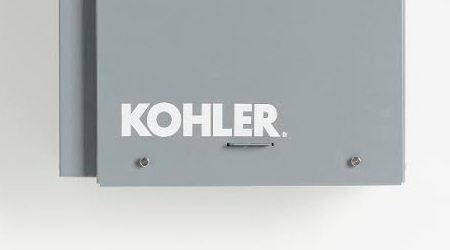
Headache Alert: Some LEDs Have Flicker Problems
May 30, 2018
It feels a bit like Back to the Future: The newest lighting technology sometimes suffers from a problem associated with technology that’s been outdated for decades.
The problem is flicker. When magnetic ballasts were standard for fluorescent lighting, some people complained of headaches due to the low frequency non-visible flicker (120 cycles per second, or Hz) they caused. That non-visible flicker should not be confused with visible flickering that can occur when a fluorescent lamp is nearing burnout. Electronic ballasts never had a flicker problem. They run at 40,000 Hz, far beyond human sensitivity. As electronic ballasts took over the commercial and institutional building market, magnetic units became obsolete, and the problem of flicker essentially vanished.
"Now, it's becoming apparent that flicker may be an issue with some LEDs,” says Lindsay Audin, president of EnergyWiz, an energy consulting firm based in Croton, N.Y. “As a result of tests I performed on 10 varieties of LED retrofits, I found that 3 brands produce 120 Hz flicker,” Audin reports. The issue pertains to both TLED lamps and retrofit kits, he says. (Click here and here for more about evaluating TLED lamps and LED retrofit kits.)
“Flicker may cause migraines or behavioral problems for people with several medical conditions, such as photosensitive epilepsy,” Audin says. “Depending on the intensity and harmonics of such flickering, bar code readers and other types of light-sensitive equipment may also be affected.”
Unfortunately, no flicker standard exists at this time for TLEDs or retrofit kits. Audin recently conducted a side-by-side test of six brands of TLEDs and three brands of kits found that 2 of the TLEDs and 1 of the retrofit kits produced detectable 120 Hz flicker.
LEDs have become widely used in facilities because of their energy savings and long lives. They also offer capabilities that other illumination technologies don’t, like human-centric lighting and smart lighting.
Audin recommends that potential LED users check for flicker, especially if the LED units are to be used in schools. Here’s his advice on how to avoid the problem: Test a sample (sufficient to work in several adjacent fixtures) before making a quantity purchase. “The flicker may be detected with the same devices (e.g., Discriminator, Flicker Checker) used years ago to check for magnetic ballasts, or a cell phones equipped with a TV camera,” he says. “In the latter, dark bands will appear to be moving across the screen, the result of the out-of-sync flickering of the LED and camera.”
In a presentation at this year’s Lightfair conference, Naomi Johnson Miller of Pacific Northwest National Laboratory offered this advice for using a cell phone to investigate LED flicker: “If you suspect flicker in a sample or on a job site, take a cell phone and set it on SLO-MO video (240 frames per second). This slows down the flicker rate by a factor of 8, making it more visible. Film for 5 seconds. Play back the video on the phone. Flashing, stripes, or other artifacts may indicate flicker or strobe or phantom array effect. No guarantee, but it’s a good indicator and it’s fun.”
This Quick Read was submitted by Edward Sullivan, editor, Building Operating Management.
Next
Read next on FacilitiesNet












